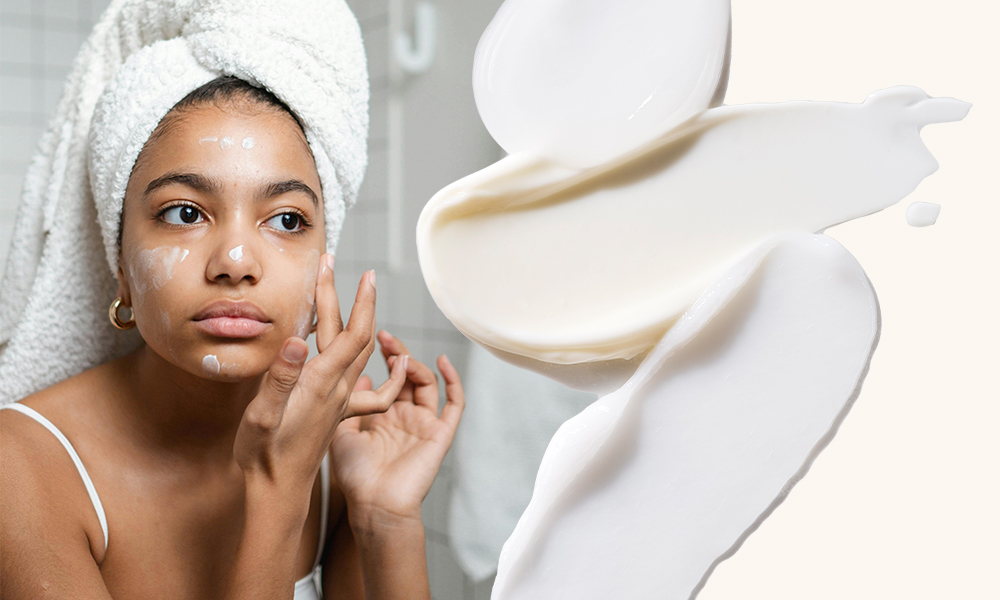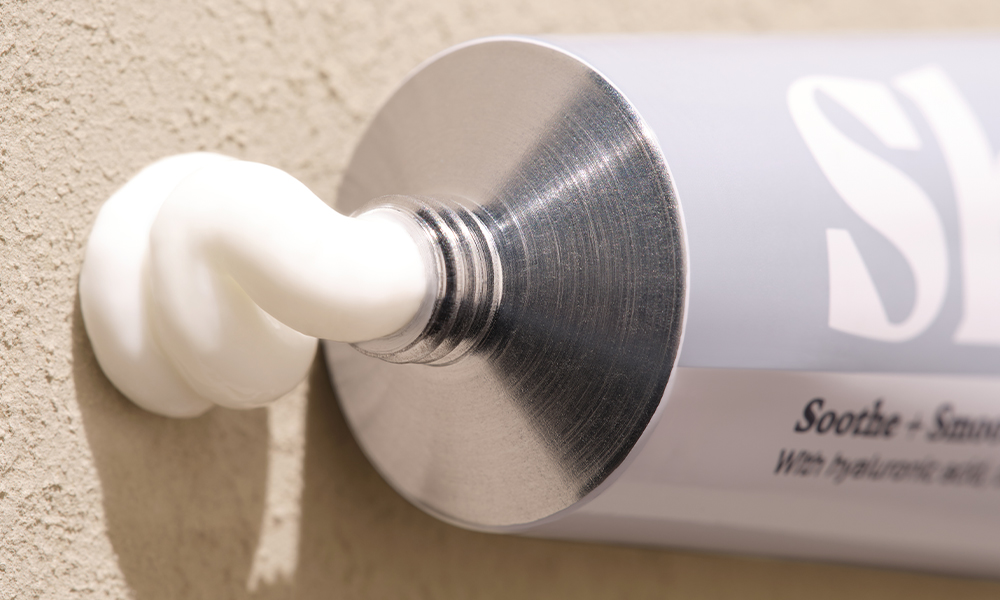Ask A Dermatologist: Skincare Tips For Winter

Link to share article here:
Myth Buster: Comedogenic and Non-Comedogenic Products
We hear a lot of different terms in the beauty and skincare industry: Clean beauty? Slugging? Comedogenic?
So we’re hear to break down what these terms mean – not just the dictionary definintion, but what they mean for you and your skin, and how to siphon truth from fiction. Today, we’re looking at the terms comedogenic and non-comedogenic.
What are comedones?
Comedone is the term dermatologists use for pores that are blocked with excess oil (sebum), impurities, dead skin cells and bacteria. While pores in healthy skin vary in visibility, blocked pores appear as blackheads, whiteheads and tiny bumps on your skin that can become inflamed.
What are comedogenic products?
If a product is comedogenic, it means it has a propensity to clog pores, and create comedones. If you have acne-prone skin, this can lead to blackheads and breakouts. You might be surprised that many products are comedogenic, or contain pore-blocking ingredients. This includes natural treatments to skincare, some makeup, sunscreens and even hair care that can clog the pores around your hairline.
Non-comedogenic products, as you can guess, are less likely to clog pores and are a better choice for spot-prone skin. Look for the label that says ‘non-comedogenic’ or ‘won’t clog pores’.
What are non-comedogenic ingredients?
If you’re looking for non-comedogenic qualities then choosing a product labelled ‘clean’ or ‘natural’ skincare doesn’t always equal best. Most natural products contain comedogenic oils such as coconut oil, almond oil, avocado oil, olive oil.
Non-comedogenic oils include rosehip oil and plant-derived squalane, look for these as alternatives.
Are silicones comedogenic?
Silicones in your skincare and makeup are popular industry-wide ingredients because they give your products that glide-on smooth, silky feel (make sure you apply them in the right order to avoid skin pilling).
Silicones are made from silicon dioxide, a naturally occurring mineral and they’re usually hypoallergenic, non-reactive, and non-comedogenic. However, they get a bad reputation because they’re occlusives – meaning that they create a barrier on top of your skin that traps moisture (sometimes known as slugging). This isn’t the same as being comedogenic. As long as you double cleanse after wearing makeup products formulated with silicones, your pores should stay clear.
What should I do if I have blocked pores related to comedogenic product use?
If your skin is acne-prone and you have blocked pores, your routine should stay consistent with twice-daily cleansing. Following that with a light, non-comedogenic moisturiser is key. Consultant Dermatologist, Dr Ben Esdaile explains: “Using products that can further occlude (or block) pores can worsen acne. Greasy moisturisers containing ingredients such as paraffin, petroleum jelly, beeswax should be avoided. Care should also be taken with greasy hair products (such as wax) as this can induce forehead acne (pomade acne), particularly in those with greasy skin.”
Some people with very oily, acne-prone skin may benefit from daily exfoliation with a salicylic acid wash to clear the pores, but chemical exfoliation can be drying – especially if you are combining this with retinoids. If the active ingredients in your routine include retinoids like tretinoin then your prescriber can help you determine how often to use exfoliating treatments. As many active ingredients can be irritating to the skin, using a hydrating moisturiser and gentle cleanser is always recommended and can keep you – and your pores – in the clear.
New to Skin + Me? Get your first month of personalised skincare for £4.99 with promo code DOSE – complete our quick consultation here.
Looking for a routine refresh? Add the Dream Routine to your Skin + Me subscription.
In need of a restock? Head to The Skincare Shop for one-off purchases of your Routine Essentials.



